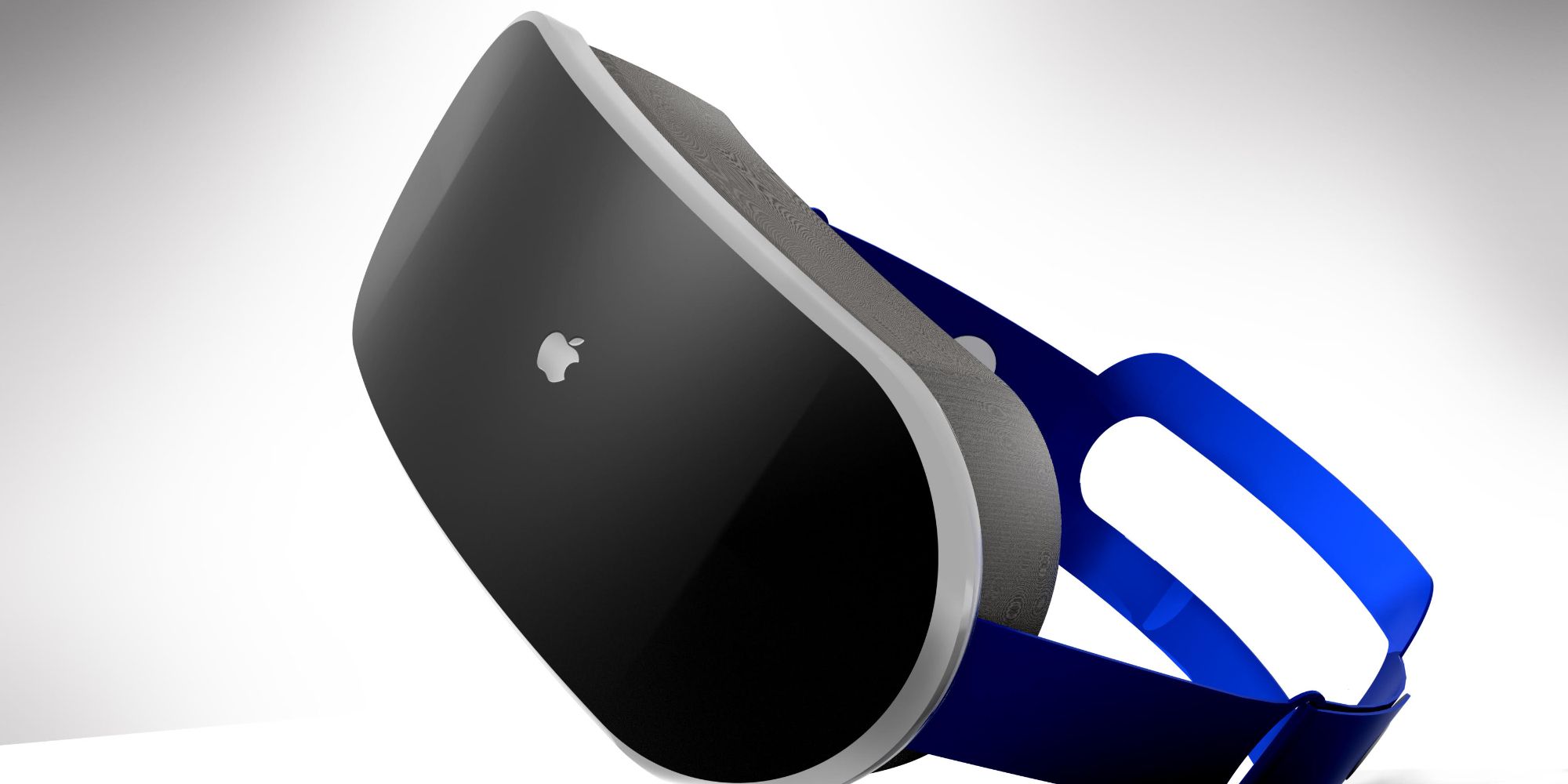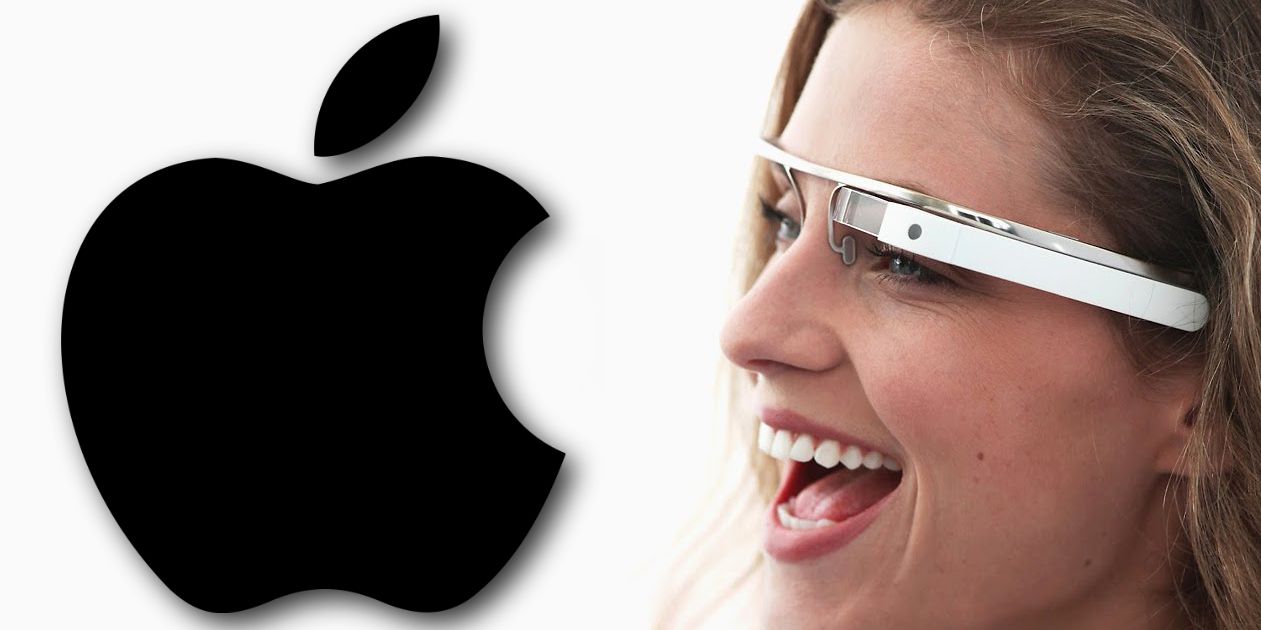Apple is expected to release some type of AR/VR headset in 2022. Thanks to a couple of new patents that have been filed, two possible features of that headset have been revealed.
Rumors of an augmented reality headset from Apple have been circulating for years at this point. Now that the company has dominated smartphones, computers, tablets, and smartwatches, many people believe AR is the next big step for Apple. Specifically, it's widely regarded Apple will release an AR headset that'll allow people to interact with apps and games while still seeing the world around them (not unlike Google Glass from 2014).
Today, two potential features of that upcoming headset have been revealed in the form of patents. First reported by AppleInsider, one of the patents reveals Apple is working on a "head-mounted device" which "may have Fresnel lenses through which a user of the head-mounted device may view the images." Fresnel lenses are a type of lens technology that allows light to shine on a very distinct area, similar to how a lighthouse can shine a light on a specific part of water. Compared to traditional lenses used in other AR/VR headsets, Fresnel lenses would allow Apple's headset to use less glass — resulting in less weight for a more comfortable product.
Apple's AR Headset Could Also Eliminate Motion Blur
Along with Fresnel lenses, another patent shows Apple wants to "compensate for motion blur while presenting content on a display." With most AR and VR headsets today, motion blur is addressed by reducing the time a pixel is lit up. It stays on long enough so users can see what they're interacting with, but the time it's lit up is shortened as much as possible. While this helps keep motion blur to a minimum, it also results in headset displays appearing darker than some people prefer.
As it often does, Apple thinks it has a better way to address this. Rather than compromising screen brightness to reduce motion blur, Apple's AR headset could achieve this by using motion sensors to detect when a user moves their head. When movement is detected, "the display is moved using an actuator of the electronic device that is coupled to the display." In other words, someone moves their head while wearing the AR headset, an actuator detects that movement, and the display physically moves in a way that gets rid of motion blur.
Both of these things sound like fantastic features for an Apple AR headset, but it's important to remember that patents aren't confirmation of features that'll be present in future releases. Some patents are fully realized in actual products, whereas others don't ever see the light of day. Even so, the fact that Apple is looking at ways to improve comfort and display quality like this is further evidence that an AR headset is almost certainly in the works. Whenever it does get announced — including these features or not — it's bound to be something special.
Source: AppleInsider


